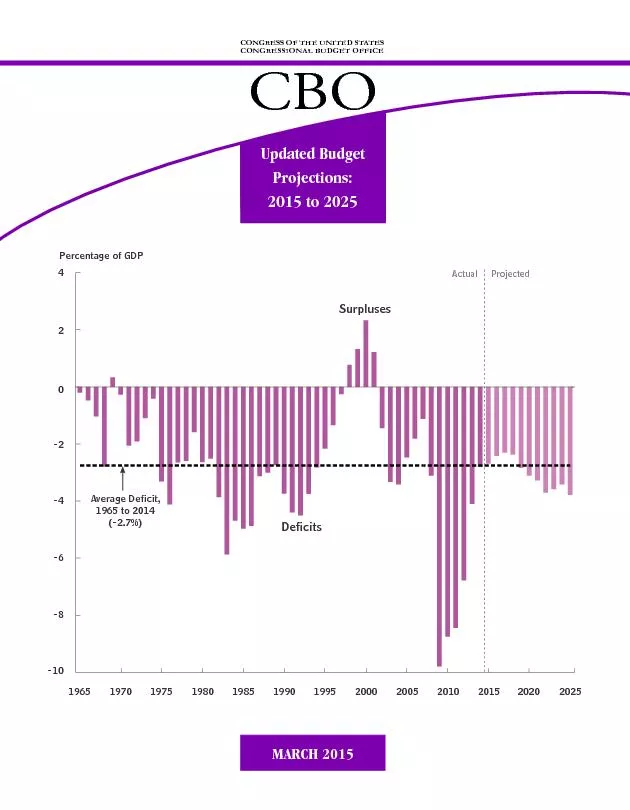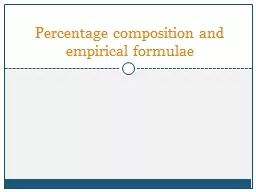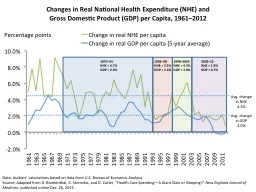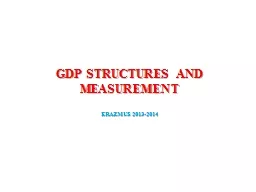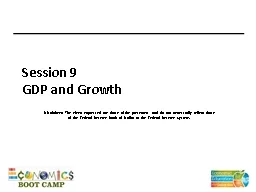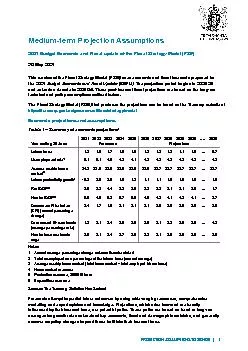PDF-Percentage of GDP
Author : sherrill-nordquist | Published Date : 2016-07-14
4 0 2 4 6 8 10 2 1965 1975 1970 1980 1985 1990 1995 2000 2005 2010 2015 2020 2025 Average Decit 1965 to 2014 27 Surpluses Actual Projected Decits CONGRESS OF THE
Presentation Embed Code
Download Presentation
Download Presentation The PPT/PDF document "Percentage of GDP" is the property of its rightful owner. Permission is granted to download and print the materials on this website for personal, non-commercial use only, and to display it on your personal computer provided you do not modify the materials and that you retain all copyright notices contained in the materials. By downloading content from our website, you accept the terms of this agreement.
Percentage of GDP: Transcript
Download Rules Of Document
"Percentage of GDP"The content belongs to its owner. You may download and print it for personal use, without modification, and keep all copyright notices. By downloading, you agree to these terms.
Related Documents

